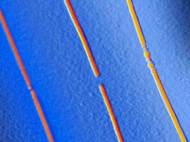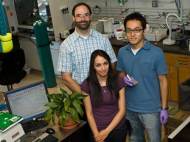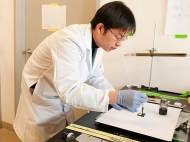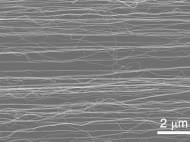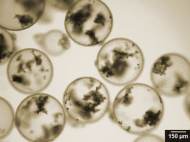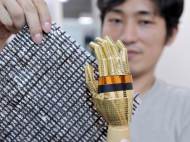Tech»
Storing solar energy indefinitely now possible thanks to carbon nanotubes
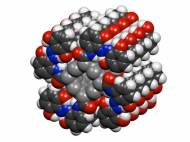 The idea of reversibly storing solar energy in chemical bonds is gaining a lot of attention these days. A group of researchers from MIT have developed a novel application of carbon nanotubes which shows potential as an effective approach to store solar energy for use whenever it’s needed. The method simplifies the process by combining… »
The idea of reversibly storing solar energy in chemical bonds is gaining a lot of attention these days. A group of researchers from MIT have developed a novel application of carbon nanotubes which shows potential as an effective approach to store solar energy for use whenever it’s needed. The method simplifies the process by combining… »

